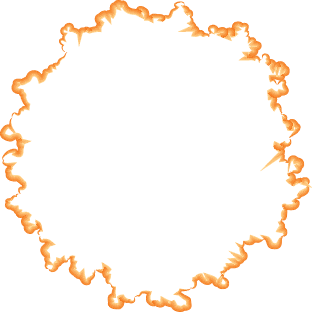Striated muscle wasting occurs with a variety of disease indications, contributing to mortality and compromising life quality. Recent studies indicate that the recombinant adeno-associated virus (serotype 6) Smad7 gene therapeutic, AVGN7, enhances skeletal and cardiac muscle mass and prevents cancer-induced wasting of both tissues. This is accomplished by attenuating ActRIIb intracellular signaling and, as a result, the physiological actions of myostatin and other ActRIIb ligands. AVGN7 also enhances isolated skeletal muscle twitch force, but is unknown to improve systemic muscle function similarly, especially exercise capacity. A 2-month-long dose-escalation study was therefore conducted using 5 × 1011, 1 × 1012, and 5 × 1012 vg/mouse and different tests of systemic muscle function. Body mass, skeletal muscle mass, heart mass, and forelimb grip strength were all increased in a dose-dependent manner, as was the fiber cross-sectional area of tibialis anterior muscles. Maximal oxygen consumption (VO2max), a measure of metabolic rate, was similarly enhanced during forced treadmill running, and although the total distance traveled was only elevated by the highest dose, all doses reduced the energy expenditure rate compared to control mice injected with an empty vector. Such improvements in VO2max are consistent with physiological cardiac hypertrophy, which is highly beneficial and a normal adaptive response to exercise. This was particularly evident at the lowest dose tested, which had minimal significant effects on skeletal muscle mass and/or function, but increased heart weight and exercise capacity. These results together suggest that AVGN7 enhances striated muscle mass and systemic muscle function. They also define minimally effective and optimal doses for future preclinical trials and toxicology studies and in turn will aid in establishing dose ranges for clinical trials.






